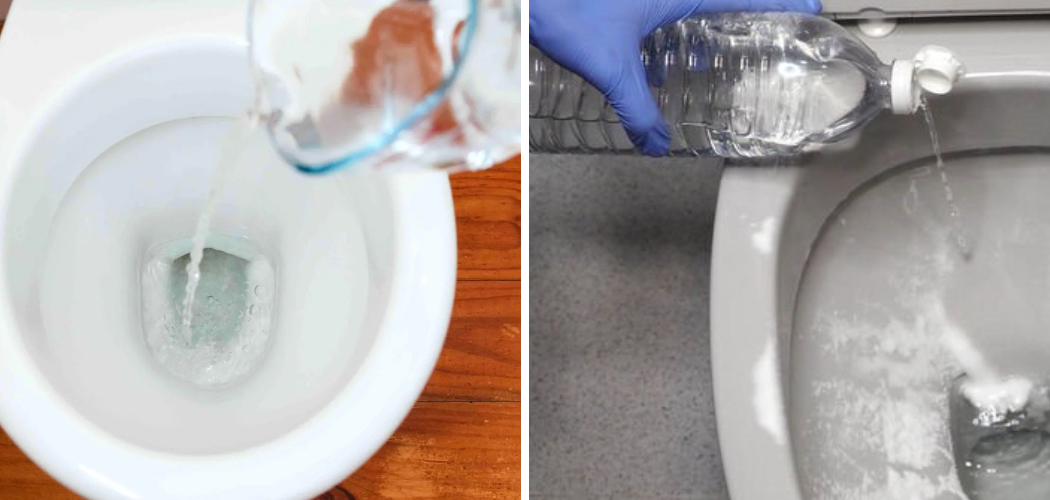Unclogging a toilet can be an urgent and unpleasant task, but using natural and household items like vinegar can make it simpler and safer.
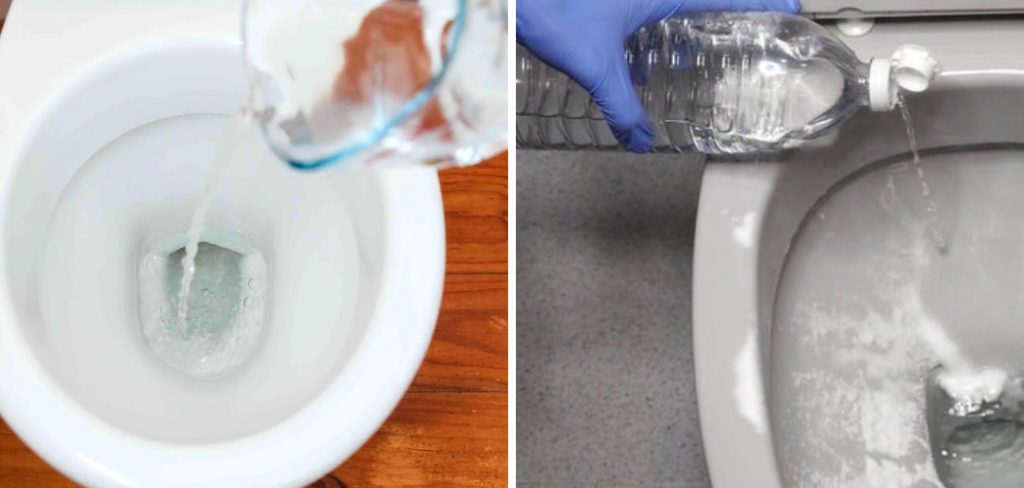
Vinegar, especially when combined with baking soda, offers a powerful and eco-friendly solution to break down blockages without the need for harsh chemicals. This method not only helps in dislodging clogs caused by organic matter but also keeps your plumbing safe from potential damage that stronger commercial cleaners might cause.
The process involves a straightforward mixture that can be easily prepared, making it accessible for any household. By understanding how to utilize vinegar effectively, homeowners can tackle toilet clogs quickly and efficiently, reducing the need for costly plumber visits.
Additionally, using vinegar is a more sustainable option, contributing to a cleaner environment while maintaining the hygiene and functionality of your bathroom. This article delves into the step-by-step process of how to unclog toilet with vinegar, ensuring a hassle-free and environmentally friendly solution.
Understanding the Problem
Understanding the problem at hand is a crucial first step before attempting to unclog a toilet with vinegar. Blockages can be caused by a variety of factors, including an accumulation of toilet paper, foreign objects inadvertently flushed down the toilet, or the gradual build-up of mineral deposits and organic matter.
Identifying the nature of the clog can help determine the most effective approach to resolve it. For instance, while vinegar and baking soda are effective against organic material and minor clogs, they may not be sufficient for more severe blockages caused by non-dissolvable objects.
Additionally, it’s important to assess the extent of the clog—whether it’s localized within the toilet trap or extends deeper into the plumbing system, possibly affecting multiple fixtures. By thoroughly understanding the root cause and severity of the problem, you can select the appropriate tools and methods to achieve a successful unclogging, ensuring a swift return to normalcy in your bathroom.
10 Methods How to Unclog Toilet with Vinegar
1. Vinegar and Baking Soda
One of the most popular and effective methods to unclog a toilet is by using a combination of vinegar and baking soda. Start by pouring one cup of baking soda into the toilet bowl, followed by two cups of white vinegar.
The mixture will create a fizzing reaction that helps to break down the clog. Allow the mixture to sit for about 30 minutes to an hour. After this time, pour a bucket of hot (not boiling) water into the toilet to help flush the clog through the pipes. This method leverages the chemical reaction between the vinegar and baking soda to dislodge the blockage and can be repeated if necessary.
2. Vinegar and Dish Soap
Using vinegar and dish soap together can also effectively unclog a toilet. Begin by pouring a generous amount of dish soap into the toilet bowl. The soap acts as a lubricant and helps to loosen the clog. Next, add a cup of vinegar to the bowl.
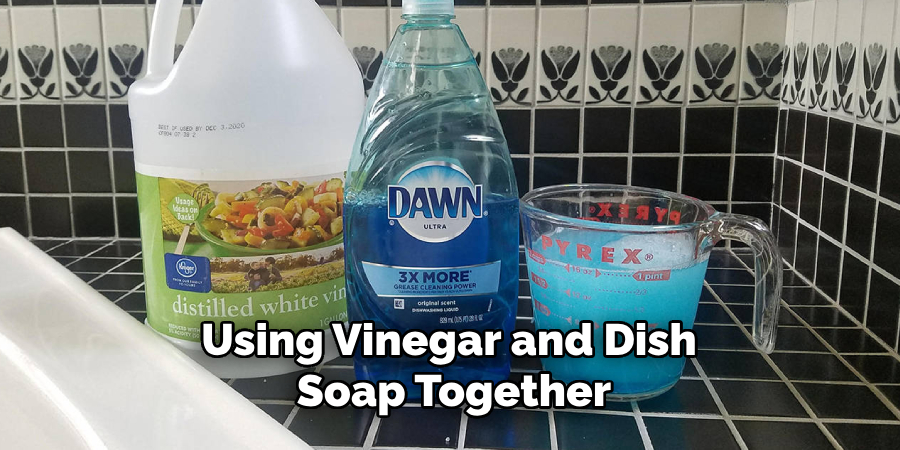
Let the mixture sit for about 20-30 minutes. After waiting, pour a bucket of hot water into the toilet bowl. The combination of soap and vinegar will help to break down the clog, while the hot water provides the pressure needed to push it through the pipes. This method is particularly useful for clogs caused by grease or organic matter.
3. Vinegar and Salt
Salt can be a helpful addition to vinegar when trying to unclog a toilet. Start by pouring one cup of salt into the toilet bowl, followed by one cup of vinegar. Allow the mixture to sit for at least 30 minutes to let the salt and vinegar work on the clog. Afterward, pour a bucket of hot water into the toilet to help flush the clog away.
The abrasive nature of the salt, combined with the acidic properties of the vinegar, helps to break down and dislodge the blockage. This method is effective for clogs caused by mineral deposits or other solid materials.
4. Vinegar and Borax
Borax is another household item that can be used alongside vinegar to unclog a toilet. Begin by sprinkling 1/4 cup of Borax into the toilet bowl, followed by one cup of vinegar. Allow the mixture to sit for about 30 minutes.
After this time, pour a bucket of hot water into the toilet to help flush the clog through the pipes. Borax, a natural cleaning agent, works with the vinegar to break down and dissolve the clog. This method is particularly effective for stubborn clogs and can be repeated if necessary.
5. Vinegar and Hot Water
Sometimes, a simple combination of vinegar and hot water can be enough to unclog a toilet. Start by pouring two cups of vinegar into the toilet bowl. Allow it to sit for about 30 minutes to an hour to break down the clog.
After waiting, pour a bucket of hot water into the toilet. The heat from the water, combined with the acidic properties of the vinegar, helps to dissolve and push the clog through the pipes. This method is effective for minor clogs and can be repeated as needed.
6. Vinegar and Epsom Salt
Epsom salt, when combined with vinegar, can be a powerful tool for unclogging a toilet. Begin by pouring one cup of Epsom salt into the toilet bowl, followed by one cup of vinegar. Allow the mixture to sit for at least 30 minutes. After this time, pour a bucket of hot water into the toilet to help flush the clog away.
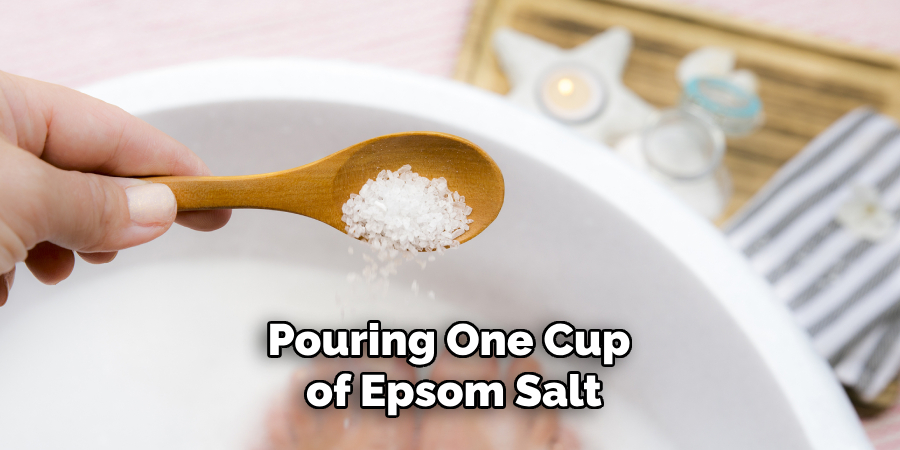
The Epsom salt helps to break down the clog, while the vinegar’s acidity aids in dissolving it. This method is effective for clogs caused by organic matter and can be repeated if necessary.
7. Vinegar and Baking Powder
Baking powder can also be used with vinegar to unclog a toilet. Start by pouring one cup of baking powder into the toilet bowl, followed by two cups of vinegar. The mixture will create a fizzing reaction that helps to break down the clog.
Allow the mixture to sit for about 30 minutes to an hour. After waiting, pour a bucket of hot water into the toilet to help flush the clog through the pipes. This method leverages the chemical reaction between the vinegar and baking powder to dislodge the blockage and can be repeated if necessary.
8. Vinegar and Alka-Seltzer
Alka-Seltzer tablets can be used in conjunction with vinegar to unclog a toilet. Drop three to four Alka-Seltzer tablets into the toilet bowl, followed by two cups of vinegar. Allow the mixture to sit for about 30 minutes.
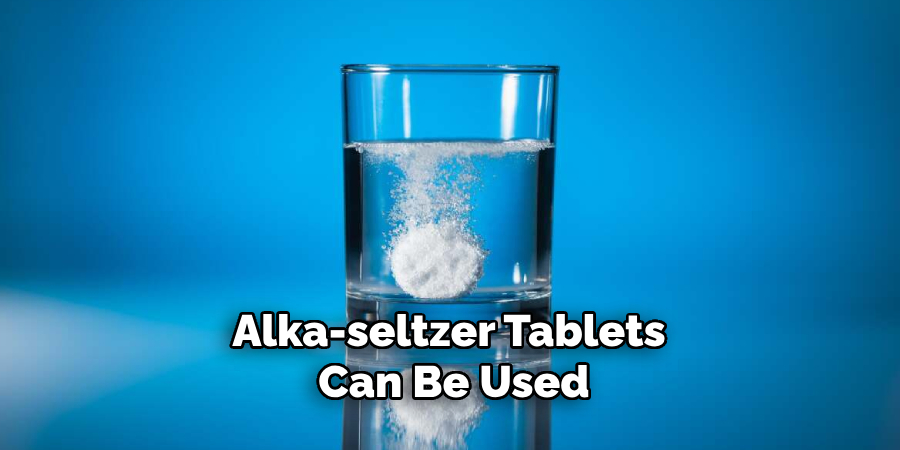
The effervescence from the Alka-Seltzer, combined with the acidity of the vinegar, helps to break down the clog. After waiting, pour a bucket of hot water into the toilet to help flush the clog through the pipes. This method is effective for minor clogs and can be repeated if necessary.
9. Vinegar and Lemon Juice
Lemon juice, when combined with vinegar, can help to unclog a toilet naturally. Start by pouring one cup of lemon juice into the toilet bowl, followed by one cup of vinegar. Allow the mixture to sit for about 30 minutes to an hour.
The citric acid in the lemon juice, combined with the acetic acid in the vinegar, helps to break down the clog. After waiting, pour a bucket of hot water into the toilet to help flush the clog through the pipes. This method is effective for minor clogs and provides a pleasant scent, leaving your bathroom smelling fresh.
10. Vinegar and Hot Water with a Plunger
Using a plunger in conjunction with vinegar and hot water can provide extra pressure to help dislodge a stubborn clog. Start by pouring two cups of vinegar into the toilet bowl and letting it sit for about 30 minutes to an hour.
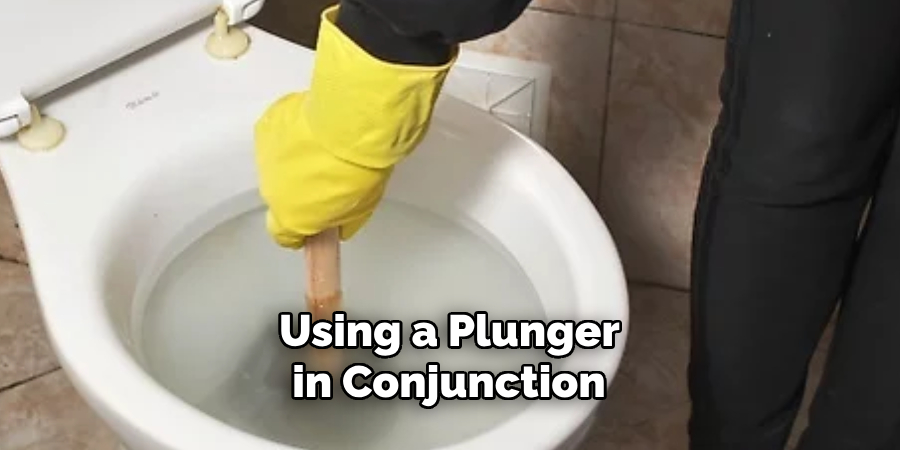
After waiting, pour a bucket of hot water into the toilet. Then, use a plunger to create suction and pressure to help break down the clog.
The combination of the vinegar and hot water helps to dissolve the clog, while the plunger provides the mechanical force needed to push it through the pipes. This method is particularly effective for more stubborn clogs.
Conclusion
Unclogging a toilet using vinegar offers a natural, eco-friendly, and effective solution to a common household problem.
By combining vinegar with various household items such as baking soda, dish soap, salt, Borax, hot water, Epsom salt, baking powder, Alka-Seltzer, lemon juice, and a plunger, you can tackle even the most stubborn clogs. Each method leverages the chemical properties of vinegar, often enhanced by the added ingredients, to break down and dissolve the blockage.
Whether you prefer a simple approach or a more combined effort, these methods provide a range of options to suit different types of clogs and situations.
With patience and persistence, you can successfully unclog your toilet and restore its functionality without resorting to harsh chemicals or calling a plumber. Thanks for reading, and we hope this has given you some inspiration on how to unclog toilet with vinegar!

